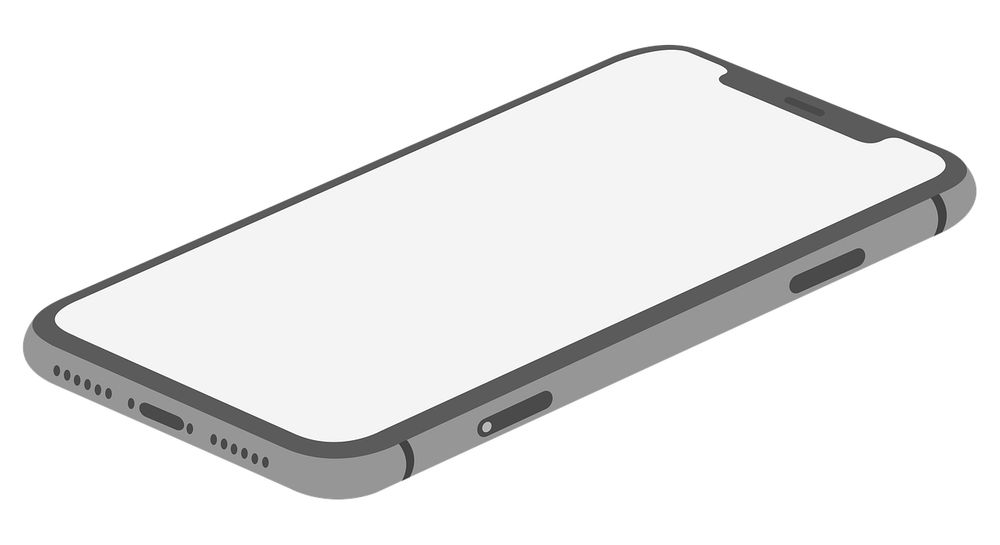Nowadays, creating a mobile-friendly website has gained significant importance for business owners, affecting user experience.
A good user experience would determine how positive your current and prospective customer impression of your business is. One of the ways to provide a good user experience is by creating a mobile-optimized website. It is because, as a business owner, your web visitor isn’t solely using a desktop. Globally, over 60% of web visitors use their mobile phones when they access the website.
As mobile-optimized web design is different from a regular web design, you should ensure that mobile users have the same experience as those who use computers as they surf through the website.
This article will discuss a few common mistakes that web designers make when they design a mobile design for a website.
1. Complicated Flashy Design
Imagine walking into a store to purchase some products, only to be greeted by a flashy performance that prevents you from your initial plan. It is the perfect analogy of why it’s important to focus on the functionality of your website rather than creating flashy web design.
Mobile designs that are exquisite and complex might please the eyes, but they ultimately shouldn’t take away the website’s purpose, converting visitors into prospects.
Website visitors might even leave the website if they come across too detailed websites and take a long time to load. If not dealt with immediately, you might lose many prospective customers instead of earning more customers in the long run.
Keep in mind that functional web design doesn’t equal ugly mobile design. You can still design a mobile-optimized website that pleases the eyes and reflect your business perfectly while still manages to be fairly easy to use. An easy-to-digest yet straightforward website would make mobile users frequently visit your website, which would lead to a higher conversion rate.
2. Confusing Navigation Menus
Overcomplicated navigation menus with many sub-links might look considerably okay on the desktop. However, in mobile display, it might make your website looks crowded and confusing. It shouldn’t be taken lightly as this could further affect your business on the whole.
A study run by Business Insider found that 25% of people admit that they cancel purchasing a product because the website navigation is too difficult to use and complicated. Hence, it’s important to keep your navigation menu as concise as possible.
3. Buttons that are too small and tightly spaced
It might be feasible for desktop users to click on a small button using a cursor. It is a different case for mobile users as the touch of a finger isn’t as accurate as a cursor click. Tightly spaced buttons that are way too small might be impossible to access while using a mobile device.
While optimizing your mobile design, keep in mind that all the buttons, links, and images will click fingers. It might feel like many jobs to adjust every single button, but they are vital as one unclickable button would equal one failed transaction.
The consistency of the buttons should be maintained to ensure a good user experience. It means web designers should ensure that various screen types have the right size of buttons that are consistent all over the website.
4. Faulty Links
On websites that aren’t responsive, designers have to insert different links for desktop and mobile versions. If not appropriately put, this would lead to faulty links that would lead back to the homepage or error page, confusing the user.
This error could be avoided by running a test using a program that detects faulty links. Another way to avoid such errors is to build a responsive website that would automatically adapt to mobile or desktop versions altogether.
5. Disregarding Mobile Testing
While completing a website, you should consider that your website might look different across many types of devices. Your website might look good and highly responsive on one device yet look the opposite on the other completely. Nowadays, many emulator programs help designers creating mobile-optimized websites.
Running testing on various devices might require more time and money. However, considering how many prospects you could lose if your website is hardly accessible on mobile devices, this is worth the investment.
One small mistake could make things go wrong; you have to pay attention to every detail of your mobile design. Avoiding these seemingly simple mistakes would result in a mobile design that is easy to use for the user. It would amount to a better user experience which would positively impact your sales and overall business.
References:



